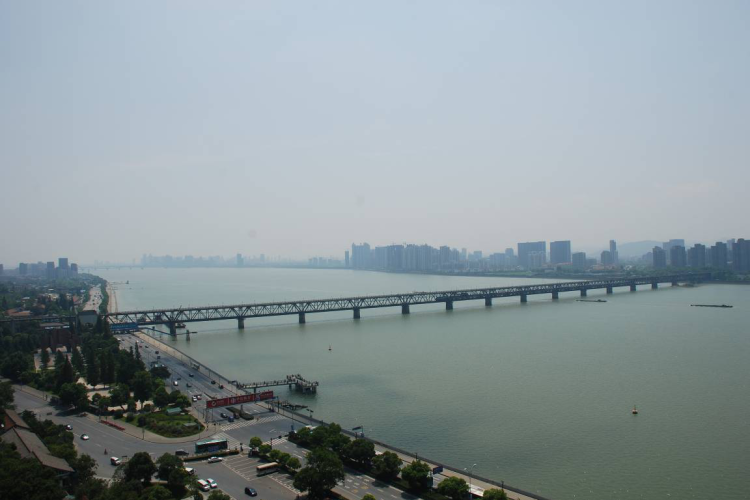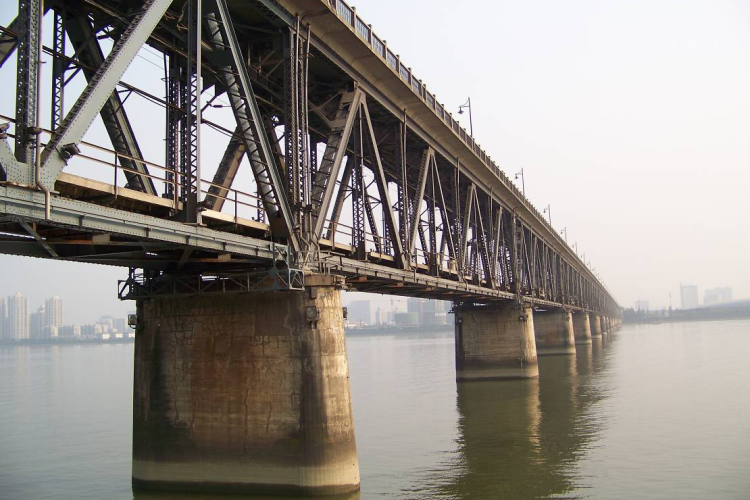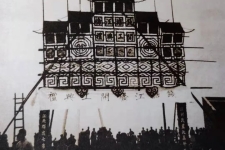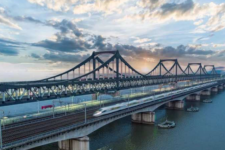The Qiantang River Bridge is located 800 meters west of the White Tower of Zhaokou on the Qiantang River, across the West Lake and Riverside District of Hangzhou City. Built in September 1937, the first double-deck railway and highway bridge in China designed and supervised by Mao Yisheng, a Chinese engineer, was built for anti-Japanese purposes. Mao Yisheng blew it up in December 1937 and rebuilt it in March 1948.
The bridge spans the north and south of the Qiantang River, it is 1453 meters long and 71 meters high. The upper part is 10.10 meters wide road bridge and the lower part is standard gauge single-track railway bridge. The main bridge is 1072 meters long, divided into 16 holes, 15 piers, each with a net span of 67 meters. The bridge is made of chromium-copper steel and reinforced concrete piers. Qiantang River Bridge is not only a great achievement in the history of bridge in China, but also a glorious milestone in the history of railway bridge in China. The construction of the bridge not only ended the history of our country's inability to build the bridge, but also made great contributions to the transportation of Zhejiang Province and even East China. On June 25, 2006, it was announced by the State Council as the sixth batch of key national cultural relics protection units.



